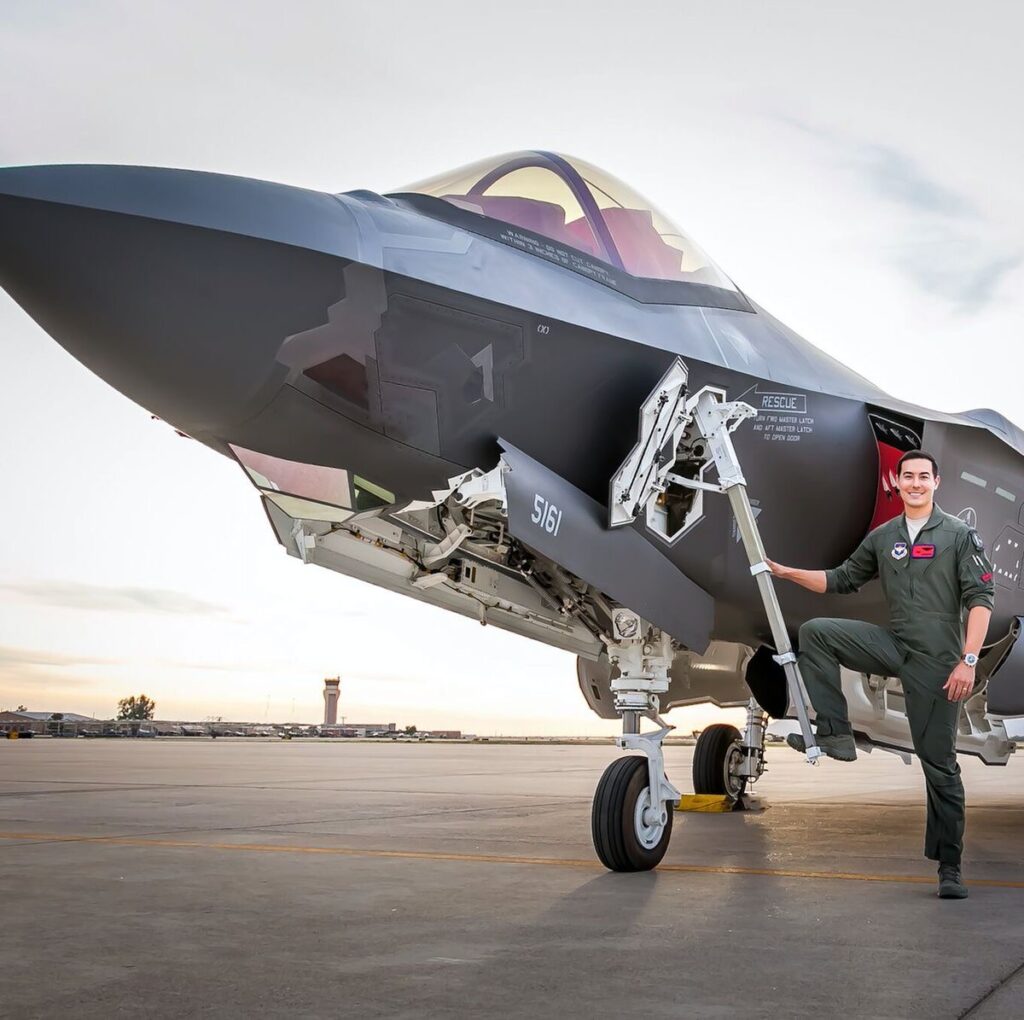
Lots of People Love the F-35 Joint Strike Fighter
The F-35 Joint Strike Fighter has become one of the most recognizable aircraft in the world, admired by aviation enthusiasts, military professionals, and defense analysts alike. Designed by Lockheed Martin, the F-35 represents the pinnacle of modern air combat technology—a stealth, multirole fighter capable of performing a wide range of missions across land, air, and sea. Its advanced systems, versatility, and combat capabilities have earned it both widespread admiration and global adoption.
One of the main reasons so many people love the F-35 is its cutting-edge technology. Unlike older fighter jets that rely heavily on pilot skill and radar guidance, the F-35 is built around data fusion and artificial intelligence. It gathers information from its sensors, radar, and other aircraft in the area, then presents the pilot with a complete, easy-to-understand view of the battlefield. This allows faster, smarter decisions during combat. The cockpit’s large touchscreen display replaces the sea of switches found in earlier aircraft, making it more intuitive and efficient. To many, the F-35 feels like a leap forward into the digital age of aviation.
Another key feature that draws admiration is its stealth capability. The F-35 was designed from the ground up to avoid detection by enemy radar systems. Its smooth, angular shape and special radar-absorbing materials make it nearly invisible to many conventional defense systems. This gives pilots a huge tactical advantage—they can strike targets or conduct reconnaissance missions long before the enemy even knows they’re there. Stealth, once a rare feature found only on specialized aircraft like the F-117 Nighthawk or the B-2 Spirit, is now standard on every F-35.
The aircraft’s versatility also plays a big part in its popularity. There are three main versions of the F-35, each tailored to the needs of different military branches. The F-35A is the conventional takeoff and landing model used by the U.S. Air Force and many allied nations. The F-35B can take off from short runways and land vertically, making it ideal for the U.S. Marine Corps and navies without large aircraft carriers. The F-35C, designed for carrier operations, features larger wings and reinforced landing gear. This flexibility allows multiple nations to use a common platform while meeting their unique operational requirements—a major advantage in international defense cooperation.
People also admire the F-35 for what it represents: global collaboration. It’s not just an American project. Partners from around the world—including the United Kingdom, Italy, Japan, and Australia—have invested in and contributed to its development. This shared commitment has created a sense of pride and unity among allied nations that operate the fighter.
Of course, the F-35 has faced criticism over cost and development challenges, but for many, its performance and potential far outweigh the setbacks. Its ability to dominate in modern air combat, adapt to multiple roles, and integrate seamlessly with allied forces make it more than just a fighter jet—it’s a cornerstone of 21st-century defense strategy.


